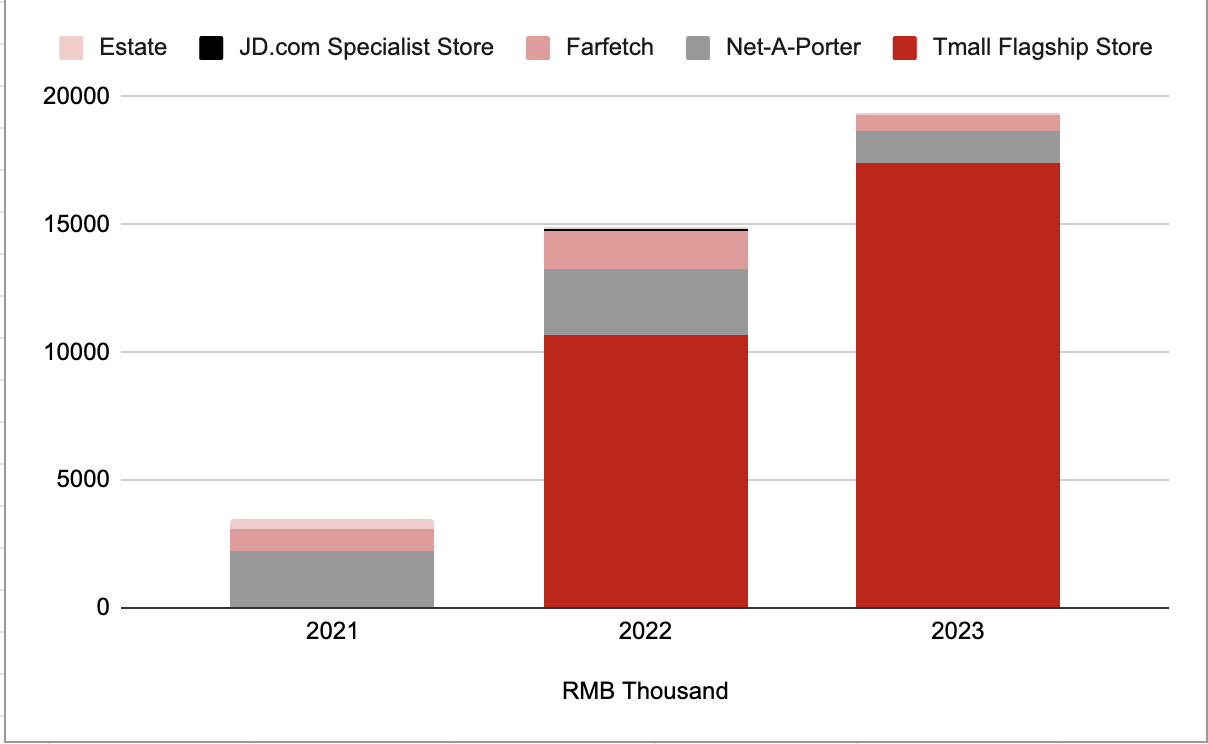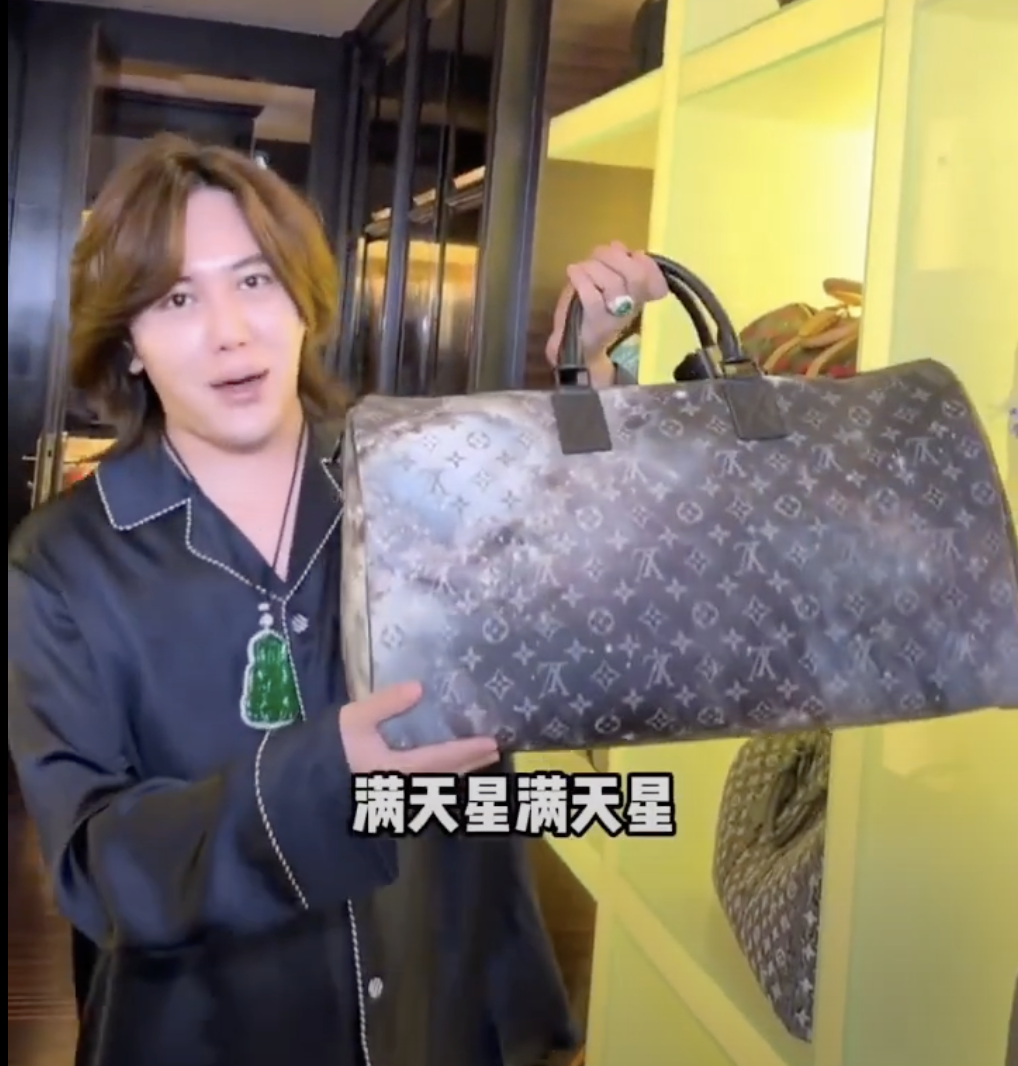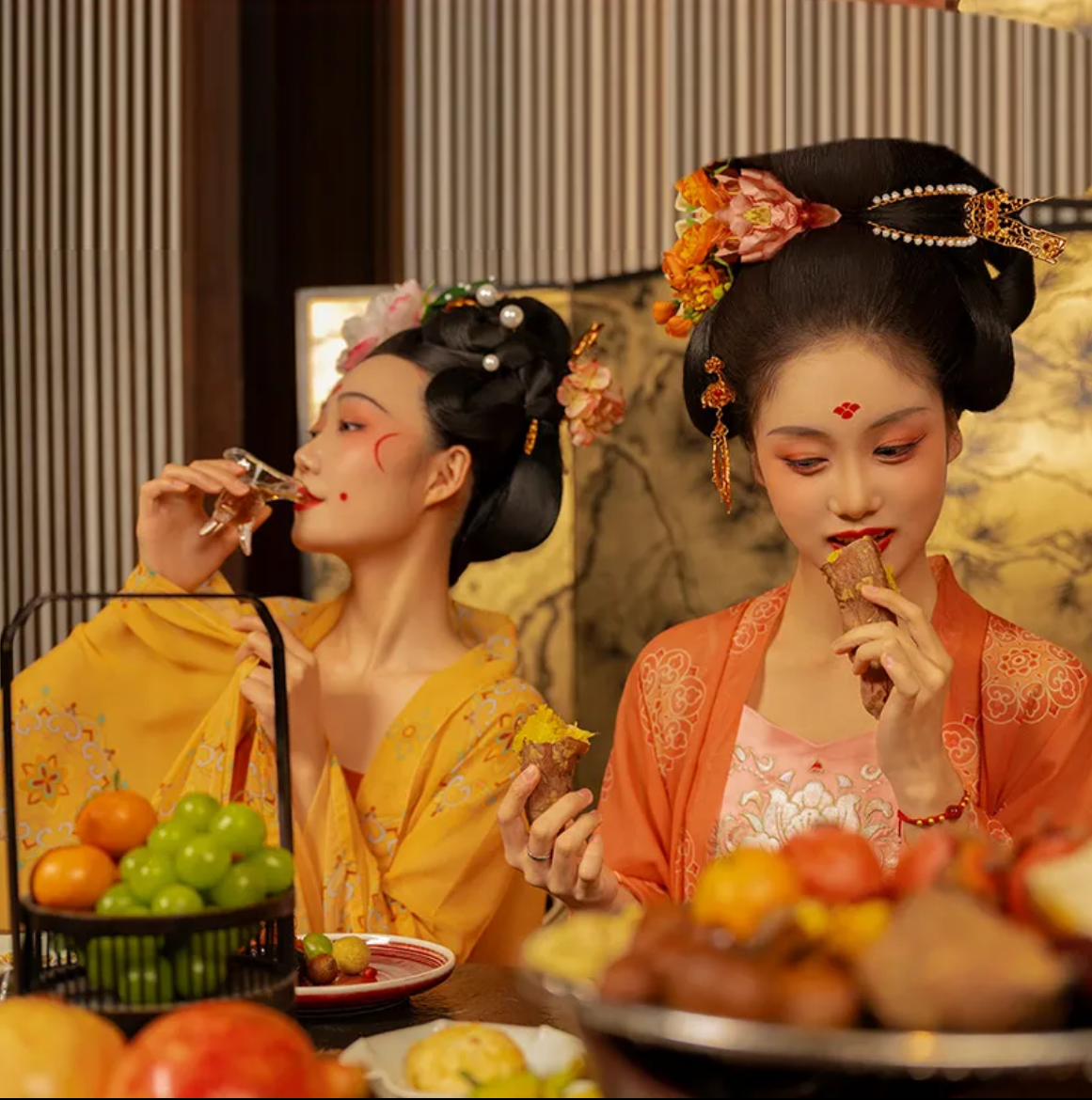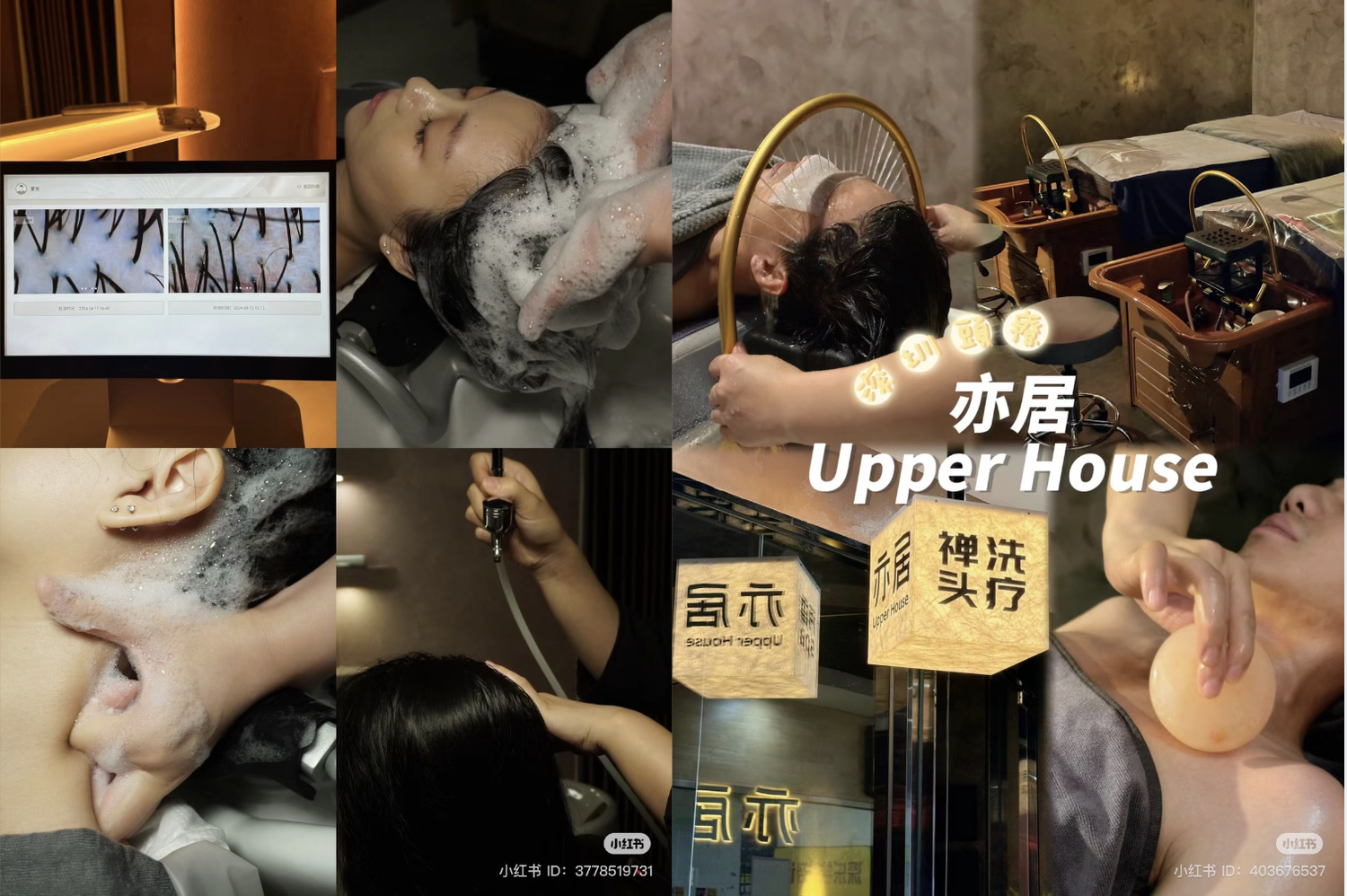
Graph by Adam Sandzer
Quiet luxury became trendy in China around the summer of last year. It reflects a vibe of coming from an affluent family that has accumulated wealth over generations, favouring sophisticated, subtle, and high-quality apparel and fabrics. Generational wealth has only recently emerged as China's economic boom began in the 1980s. This trend has boosted international fashion houses like Brunello Cucinelli and their classic understated designs without flashy logos.


Images via Taobao
Why is quiet luxury a trend that shows no signs of stopping in China? For one thing, amid economic uncertainties and struggles to gain employment, people increasingly favour quality, craftsmanship, and functionality when choosing clothing.
Apart from economic recovery, China’s crackdown on ostentatious displays of wealth online may also further boost quiet luxury. In May, influencers Wang Hongquanxing王红权星, Bai Gongzi柏公子, and Baoyu Jiajie鲍鱼家姐 found their accounts shut down or restricted for “violating laws and platform rules.” Before their accounts were banned or silenced, they accumulated millions of followers by flaunting luxury items and lifestyles, such as owning several villas and casually splurging on premium vehicles or jewellery. As a result, they accumulated wealth through livestream sales, brand endorsements, and opening their own businesses. Their content was seen as encouraging money worship and showing off wealth, which the Chinese government regards as promoting “bad values”不良价值观. The clampdown on the aforementioned three influencers was part of a new cyberspace cleanup campaign that the government launched in April.

Wang Hongquanxing showcases his luxury bags. Screengrabbed via YouTube.
Despite these factors, Chinese shoppers are expected to make up 40% of all luxury consumers globally by 2030, according to Bain & Co. With economic challenges and recent crackdowns on ostentatious displays of wealth, quiet luxury and the underlying factor of “buying quality” is likely to endure, and brands should adjust their strategies accordingly.
How International Luxury Brands Can Engage
-
Focus on Quality and Natural Tones: Consider focusing on quality and natural tones in everyday looks. If it is true to your brand, strive for a timeless, elegant style that is not flashy or loud.
-
Versatile Designs for Various Scenarios: Think about making designs versatile and marketing them for various life scenarios. Functionality is appreciated, especially in luxury items that should blend seamlessly with other wardrobe pieces.
-
Avoid Big Logos: Focus on the message, tone, and feeling you want to convey rather than prominent logos. Young Chinese consumers today increasingly prefer to stay low-key and sophisticated, recognising a brand by its cut or materials.
-
Thoughtful Marketing Campaigns: Be cautious about the messages delivered in marketing campaigns. Move away from emphasising luxury or wealthy lifestyles and promote positive concepts like comfort, health, and innovation.
To discuss bespoke China marketing strategies and commercial growth for your brand, contact the Hot Pot team: nihao@hotpotchina.com.
Related blog posts



